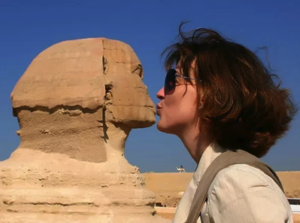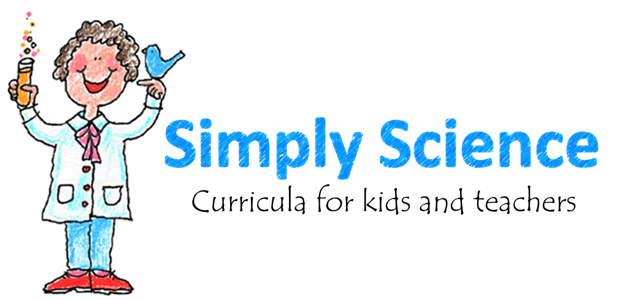 |
Hold a sharp pointed pencil in each hand at arm’s length.
Separate your hands about two feet apart. The pencil points should be facing each other. Bring the pencil points together so that the points touch. Repeat, but this time, close one eye. |
Why is it more difficult to touch the pencil points with one eye closed? With input from two eyes, the brain is better able to judge distance and position. Without information from one eye, it can be difficult to bring the points together smoothly. Even moving the pencils together very slowly, they must be adjusted as the points get closer so that they touch point to point.
| BONUS: Show students optical illusions that use feature forced perspective. Here’s one resource with 34 photos (I especially like #23). There are many more available, just search “forced perspective”.
You may have a student who would enjoy the challenge of creating an image using forced perspective. |
 |
EXTENSION: A person is said to have monocular vision if sight in one eye is lost. HERE is information about coping with vision loss in one eye.
OPTION: Interested in starting a discussion about perspective and how two people can see the same event or location and still have a different perspective? Here’s a resource you might adapt to start that conversation.
Quick Science suggestions take minimal prep time and use common materials.
